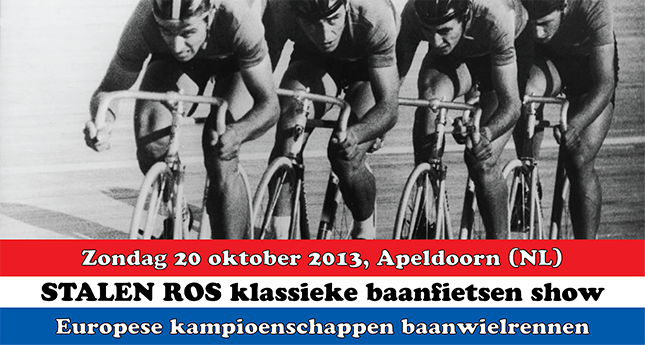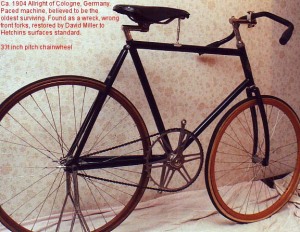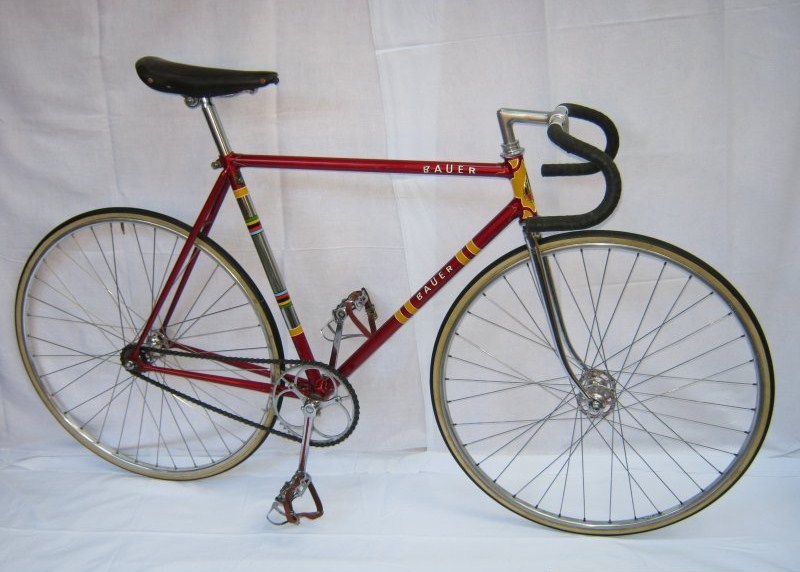Eerlijkheid gebiedt me te zeggen, dat ik er zelf niet echt mee ben opgegroeid, maar uit nieuwsgierigheid ben ik toch maar eens in dit fenomeen gedoken en ervaringen opgebouwd.
Schellak is een soort hars, afgescheiden door de kleine lakschildluis. Dit is een soort boomluis, die voorkomt in de buurt van India en Thailand. De lak wordt toegepast om brieven te verzegelen (van die mooie, ouderwetse zegels op brieven, gemarkeerd met een grote zegelring), houten meubelen, boten en muziekinstrumenten te bewerken en bedrading of elektrische componenten te isoleren. In de kunstwereld wordt er vernis mee gemaakt. In de fietsbranche is het met name bekend van het kitten van tubes en het behandelen van stuurlint. Vanwege de sterke hechting en de houdbaarheid is (was) het geliefd (of plicht) onder baanrenners en stayers, om de tubes vast en zeker op de velg aan te brengen. Aangebracht op (katoen) stuurlint biedt het bescherming aan de stof, terwijl de goede grip behouden blijft. Het geeft een lichte glans en afhankelijk van de soort schellak worden er mooie kleureffecten mee bereikt. De uiteinden van het stuurlint omwikkelen en vastzetten met dunne touwtjes en dit meelakken kan een nog veel mooier resultaat leveren.
Het aanbrengen van schellak is een vrij simpel klusje, maar het aanschaffen van het benodigde materiaal is wat lastiger. Het is immers niet in de fietsenwinkel te koop.
Schilfers schellak zijn te koop in sommige meubelwinkels (politoer), botenwinkels of muziekzaken. Zelf heb ik het gekocht in een winkel voor schilder- en kunstbenodigdheden. Je kunt het hier of hier trouwens ook gemakkelijk on-line aanschaffen.
De schilfers zijn leverbaar in rood- en bruintinten (oranje, robijn), maar ook kleurloos ("blond"). "Blond" laat de kleur van het uitgangsmateriaal vrijwel ongewijzigd, terwijl oranje en robijn het materiaal kleuren, afhankelijk van het aantal aangebrachte lagen. Wit stuurlint kleurt op die manier geel, oranje, licht of donkerbruin.
Schellakschifers dienen te worden opgelost in zo zuiver mogelijk alcohol. Om accijns te ontlopen koop je bij de apotheek een liter gedenatureerd alcohol (ethanol) van 95% of meer. Vaak moet het besteld worden.
Maak een oplossing van volume delen, dat wil zeggen 1 deel schellak en 3 delen alcohol, en doe deze in een doorzichtige, afsluitbare (jam)pot. De alcohol met schellak moet indirect verwarmd worden, bij voorbeeld door de glazen pot in een pan met kokend water te zetten en het water elk half uur te vervangen. Schud de pot regelmatig, bij voorbeeld ieder uur. Het duurt zeker 24 tot 48 uur, voordat de schilfers goed opgelost zijn.
Wanneer het stuurlint om het stuur is gewikkeld, kun je met een kwast de opgeloste schellak aanbrengen. Met de eerste laag wordt de stof verzadigd. Zorg wel dat je de vloer en de fiets beschermt tegen druppen. Laat alles vervolgens 24 tot 48 uur drogen.
De volgende lagen zullen sneller drogen. De 3e laag kun je bijv. een uur na de tweede aanbrengen, maar je kunt ook gerust een dag wachten. Over het algemeen geldt: hoe meer lagen hoe beter en mooier. Met oranje of robijn schellak wordt de kleur wel donkerder, dus daar is het aantal lagen afhankelijk van het gewenste eindresultaat. Zelf heb ik zo'n 12 lagen blonde schellak aangebracht op zwart katoen stuurlint. Het hele klusje duurt dus wel één of 2 weken, maar daarna kan het jaren mee.


A story about shellac, to prevent this piece of (track) nostalgia is lost.
Fair to say that I myself am not really grown up with it, but out of curiosity I dived into this phenomenon and built up some experience.
Shellac is a resin produced by the female lac beetle. This animal lives on trees in the forests of India and Thailand. The resin was used to seal letters (those beautiful, old stamps on letters, marked with a large ring), finish wooden furniture, boats and musical instruments and isolate electrical wiring and electrical components. In the art world shellac is used to make varnish. In the bicycle world shellac is particularly known for the gluing of tubulars and treating handlebar tape. Due to the strong adhesion and durability is (was) it beloved (or duty) by track riders and stayers to mount the tubulars on the rims securely. Applied to (cotton, cloth) handlebar tape, shellac provides protection, while maintaining good grip. It gives a slight shiny effect and depending on the type of shellac, beautiful colour effects can be achieved. In case the ends of the handlebar tape are wrapped and secure with thin strings and also treated with shellac, this can provide an even better result.
Applying shellac is a fairly simple job, but the purchase of the necessary materials is more difficult. It is not for sale in regular bike shops. Shellac flakes are available in some furniture stores (French polish), marine supply stores or music business. I bought it in a shop for painting and art supplies, but you can also easily purchase it on-line.
The flakes are available in red and brown colours (orange, ruby), but also colourless ("blonde"). "Blonde" leaves the colour of the starting material virtually unchanged, while orange and ruby flakes change the colour of the material, depending on the number of layers applied. White bar tape colours yellow, orange, light or dark brown.
Shellac flakes should be dissolved in alcohol as pure as possible. To avoid taxes, you'd better buy denatured alcohol (ethanol) of 95% or more at the pharmacy. Often it must be ordered.
Mix flakes and alcohol by the volume, i.e. 1 part shellac and 3 parts alcohol, and put it in a transparent, lockable jar. Heat up the alcohol with shellac indirectly, for example by putting the jar in a pan with boiling water and replace the water every half hour. Shake the jar periodically, for example every hour. It takes at least 24 to 48 hours before the flakes are well dissolved.
When the handlebar tape is wrapped around the handlebars, you can apply the dissolved shellac with a (paint) brush. With the first layer, the bar tape is saturated. Ensure to protect the floor and bike against dripping alcohol/shellac. Let it dry for 24 to 48 hours.
The next layers will dry faster. E.g. the 3rd layer can be applied an hour after the second layer, but you can also wait a day. Generally, the more layers the better and more beautiful the result is. Ruby and orange shellac make the product darker, so in that case the number of layers depends on the desired end result. I myself have applied about 12 layers of blonde shellac to black cotton handlebar tape. The whole job takes approx. one or two weeks, but when it's finished, it will last for years.
















Geen opmerkingen:
Een reactie posten